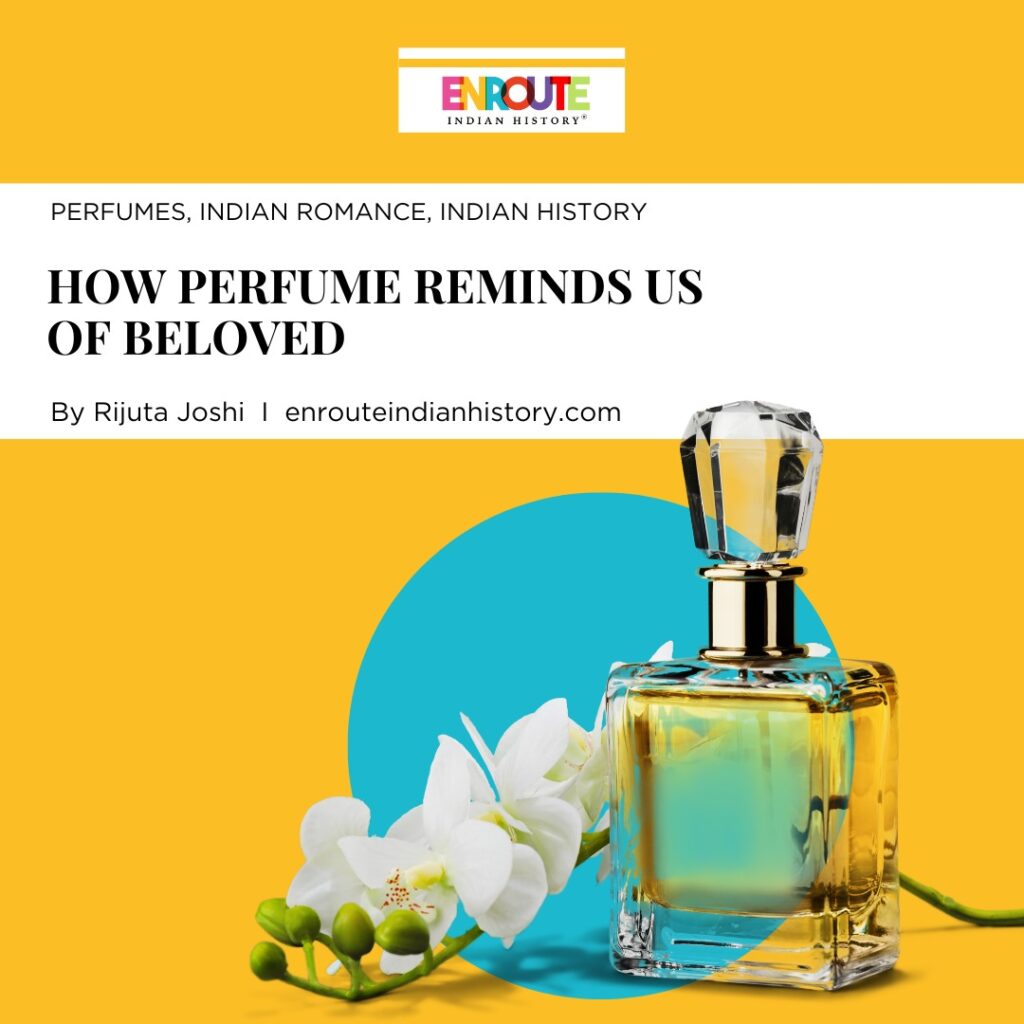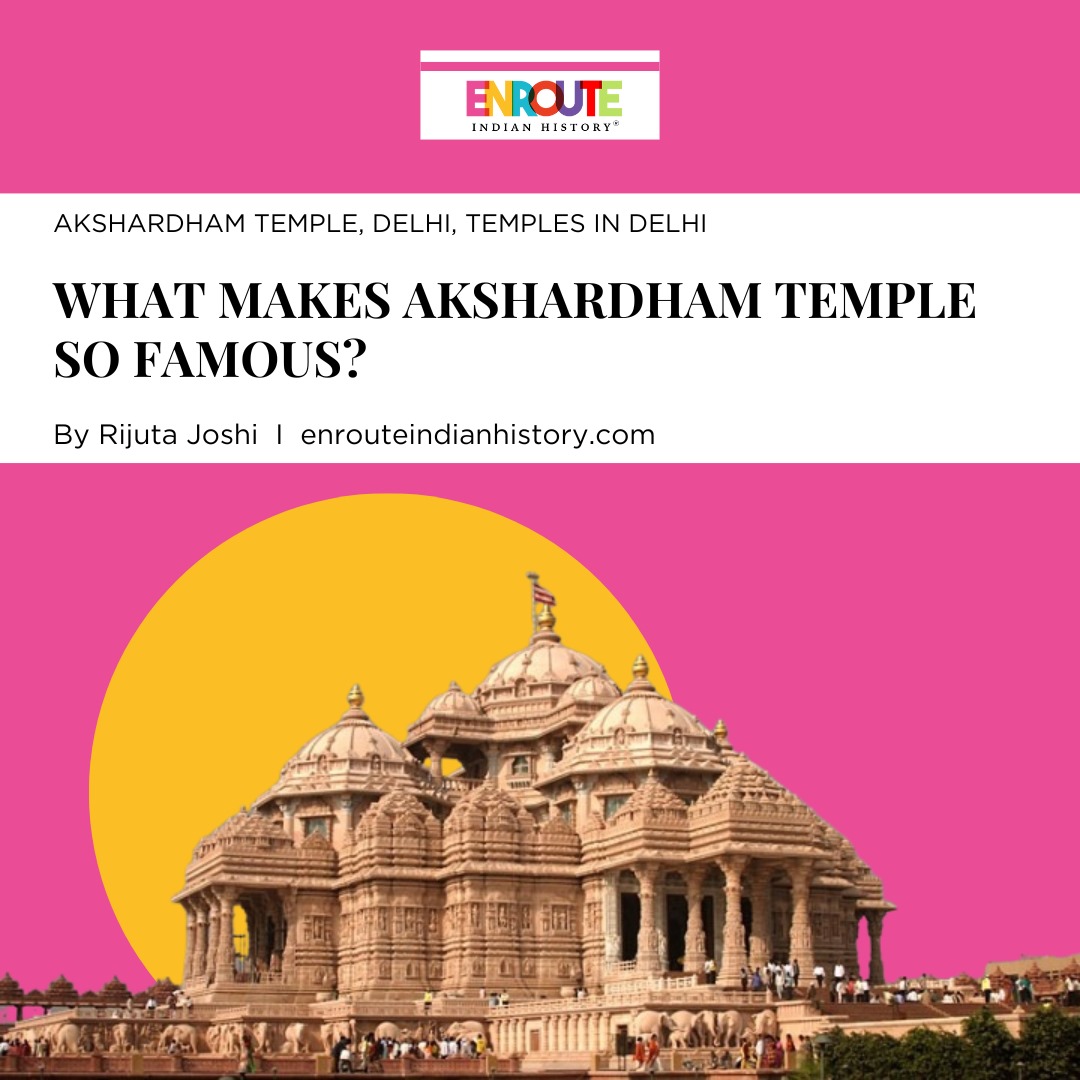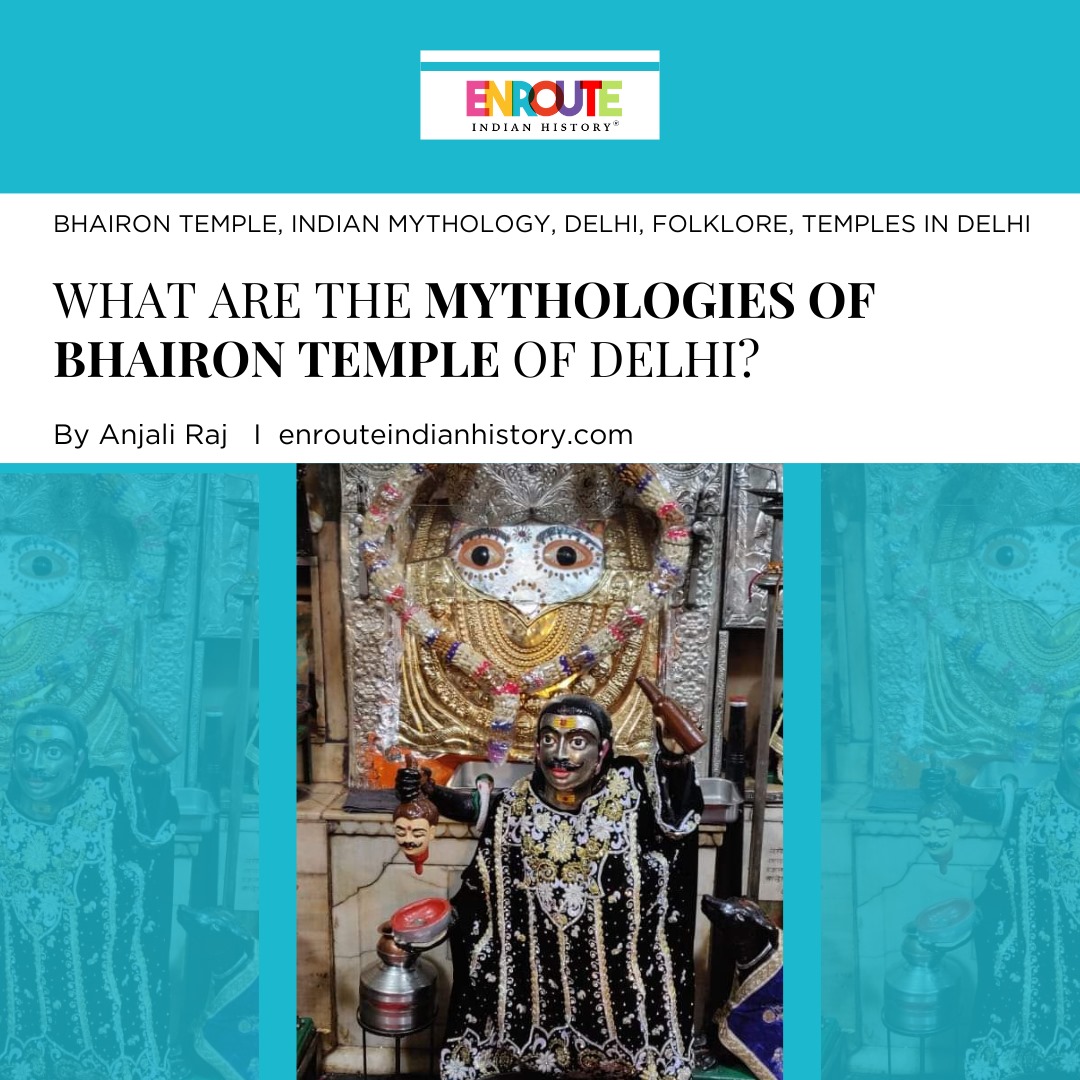
Walking on a crowded street and stopping in nostalgia and reminiscence to a scent, a scent with which one was extremely attached at some point in life. This scent could be of an ex lover, a pet, a workplace or even home from childhood. This article aims to discuss the relationship between perfumes, romance and hygiene, their historical significance, how perfumes are not mere by-standers to our encounters with our lover, but play a crucial role in establishing a connection between the parties. Examples from Mythologies and Ancient practices of using perfume for seduction, enhanced confidence or as a symbolic gesture have been drawn in the article.
INTRODUCTION
The need to smell good and then association of people with a specific scent can be traced back to rise of hygiene and general acceptance of personal grooming. As mentioned in the ‘History of Personal Health and Hygiene’ by Smith, the trend of grooming especially peaked amongst our neolithic ancestors and then eventually became a necessity in order to preserve bodies against diseases and in order to be part of the social groups. According to Smith, hygiene is multi-faceted, and smell, vision and hearing are psychological part of it. She mentions how neurology and chemistry of ‘delight’ plays a crucial role. It is psychological and our bodies express this release of endorphins by lowered heart rates, relaxed muscles, widened eyes, broad smiles and an overall relaxed state of being. She also highlights how animal grooming occurs between the gaps of energetic primary activities; sex, social contact or eating, or after defensive behaviour. This was done to return our normal sate of being, relieve stress and restore peace. English Thesaurus defines perfumes as “a sweet-smelling liquid for personal use prepared from essential oils and flowers or aromatic chemicals and fixed, e.g. with musk.”
SCENTS AND PLEASURE
Floral scent in particular is received as being particularly associated with being fresh, pleasant or attractive. Common phrase like ‘sweet as daisy’ is a high phrase. These floral scents are preferred to be applied lavishly in order to attract people. In 1970, scientists discovered the secretion of Pheromones. Pheromones are substances which are secreted to the outside by an individual and received by a second individual of the same species. These are human sexual-scent makers which belong to odoriferous glandular system (stink gland, recognition gland or rutting gland) which acts as a communication device amongst mammals. These scents are produced mainly in the under-arm region where pubic hair produces oil. This oil is odourless in itself but releases a sweet, musk-like scent as bacterial decomposition occurs. Similar phenomenon is widely observed when wild animals mate. Conservers who are trying breed big cats in order increase their endangered population discovered a phenomenal hack to this difficult task, a few drops of ‘Obsession’ by Calvin Klien and the cats go into a sexual frenzy state of mind. (Smith,2008). Humans, like other mammals pay special attention to smelling good at all points. At every point in history, evidences of sweet-smelling pastes, perfumes and incense sticks can be found.
CLASSIFICATION OF PERFUMES
The classification of perfumes can be done on the basis of: its application and concentration, packaging, fragrance house etc. fragrances are classified on the basis of their feminine or masculine nature.
On the basis of packaging:
The bottles in which perfumes are stored and sold are a piece of art in their own senses. Like a sculptor expresses a particular emotion through a sculpture, on the similar notes a designer will craft the perfume bottle such that it exactly expresses the idea behind its invention, composition and how it is perceived by the maker himself. This art of designing perfume is much celebrated. There are museums for perfume bottles (e.g. in Winkel, The Netherlands), international societies and books about perfume mini flacons (more than 5,000 flacons). Antique and classic perfume flacons are sold at auctions; an exceptionally rare Lalique flacon may cost around $15,000.( Boelens, 2001)
On the basis of Fragrance House:
According to the first Haarmann & Reimer genealogy, a number of perfumes that appeared in the market from between 1900 and 1975, general odour notes, green, floral, aldehydic, chypre, oriental, tobacco and leathery, were general sub heads under which perfumes divided as masculine or feminine. These fragrances were separated in the eight edition of the same journal in 1996. Under this, 450 fragrances which were considered feminine were broadly divided as the following odour notes:
| Floral | Green, fruity, fresh, floral and aldehydic(sweet types) |
| Oriental | Amber and spicy |
| Chypre | Fruity, woody and fresh (green types) |
Masculine Fragrances were classified as under 400 scents with the following broad odour notes:
|

On the basis of Floral Medium used

On the basis of Concentration Level:

On the basis of Odour
HISTORICAL MENTIONS OF PERFUME USAGE:
SANDAVYASAMBHAVA
In a Kubjica-Tripura oriented yogic text of the Sandavyasambhava, 13th CE, practices to make sexual intercourse more pleasurable, and habits to ensure maintained health of semen for throughout the span of life have been mentioned. Following are a few quoted examples from the same
[parameśvaradhyānam]
sugupte mandire mantrī mṛdvāsanaparigrahaḥ ||40.46||
bhāvayec ca svam ātmānaṃ parameśvaravigraham |
kāmeśvaram ivādyantaṃ sūryāyutasamaprabham ||40.47||
cārumañjīrakeyūrakuṇḍalāṅgadabhūṣitam |
mudrikāchannahīrādikirīṭamukuṭojjvalam ||40.48||
prasannavadanaṃ kāntaṃ tāmbūlāpūritādharam |
madirānandacetaskaṃ paramānandavigraham ||40.49||
navayauvanasampannaṃ sarvalakṣaṇabhūṣitam |
svavāmabhāgavinyastamahājagavakārmukam ||40.50||
dakṣabhāgojjvalatpañcaśaram indīvaradyutim |
nīlotpalalasanmālābhūṣitoraskam īśvaram ||40.51||
madena kṣubdhahṛdayam īṣāsmitamukhāmbujam |
evaṃ dhyāyec ciraṃ yogī svaśarīraṃ śivātmakam ||40.52||
candanāgarukarpūrakuraṅgajayakuṅkumaiḥ |
adhivāsitasarvāṅgaṃ cāruvaktravirājitam ||40.53||
ratnadvīpāyutayutaṃ gehe sattalpamadhyagam |
In this ritual, Parmeshwara or the husband is visualised. Techniques to maintain himself highly is order to come as more sexually appealing to Sakti or wife are mentioned. Consumption of betel leaves(“His face is gracious, beautiful, his lips are smeared with betel leaves”), and floral and oil based perfume application has been advised. (“All his limbs are perfumed with sandal, aloe, camphor, musk38 and saffron.”)
[śaktidhyānam]
tatra svavāmabhāgasthāṃ śaktiṃ bhuvanamohinīm ||40.54||
sarvalakṣaṇasampannāṃ navayauvanagocarām |
nīlālakasamābaddhamālālolupaṣaṭpadām ||40.55||
kastūrīsāndrakarpūratilakāṃ kamalekṣaṇām |
kuṇḍalāṅgadakeyūragraiveyādivibhūṣitām ||40.56||
akalaṅkaniśānāthasadṛśaśrīmukhāmbujām |
tāmbūlāpūrṇavadanāṃ svarṇakumbhopamastanīm ||40.57||
divyānulepavastrāḍhyāṃ vistīrṇajaghanāntarām |
cārūrujaṅghāṃ saundaryasārasarvasvavigrahām ||40.58||
sarvalāvaṇyasaundaryasārasarvasvavigrahām |
mañjīrāñcitapādāḍhyāṃ divyamālyānulepanām |
madirāsvādamuditāṃ madanāviṣṭavigrahām ||40.59||
vilāsavibhramāṃ kāntāṃ dhyāyet śaktiṃ maheśvari |
In the above mentioned verse, rituals have been laid out for the female counterpart of Parameshwara. She is asked to put on a thick, scented camphor-based musk tilak or forehead mark. She too is visualised as consuming betel leaves this leads to refreshing breath. Flower based mouth- freshener are part of basic oral hygiene is Hindu scriptures. Mentions of ‘paan’ or betel leaves finds mentions in the Mahabharata, Vishnu Purana and Bhagwata Purana. (Kiss,2020). Similar to musk, it is also advised to apply sandalwood on the female reproductive organs in order to make it pleasurable for the sexual partner, to keep it moisturised and disinfected. With the same intentions to increase sexual arousal and to create a pleasurable aroma, usage of Sandalwood, Mogra and Rose based incense sticks is widely mentioned too. (McHugh, 2012)
PERFUMES IN GRECO-ROMAN EGYPT
Cosmetic usage of perfumes in daily lives and for ritual purposes was common in Egyptians civilisation as throughout the history of both Eastern and Western civilizations, perfume has marked societal customs related not only to everyday life but also rituals for the gods and for guiding the deceased to the afterlife, such as the use of smoky odours to signify the divine or deified bodies (Tatomir, 2016). In the past, Egyptian perfumery was famous across the Mediterranean (Voudouri & Tesseromatis, 2015). All classical authors knew, and wrote about them (Byl, 2012). Perfume is was not only crucial but also a luxury. This was so because of the labour put into its production. Dry and wet perfumes were known and were specified for particular rituals. and used by the ancient Egyptians for three distinct purposes, offerings to the gods, embalming the dead, and uses in private life (Heuze, 1862). In the Old Kingdom of Egypt, special perfumes were stored away in specially crafted bottles, these were majorly oils, for the king to use in the afterlife. These perfumes were stored and kept in an ”unguent chamber” (Manniche & Forman, 1999). This tradition of wearing perfumes and its association with royalty and rituals followed the Egyptian Civilisation to its later phases of Early New Kingdom and onto the Ptolemaic Period. Representation of royalties with cone like structures mounted on their heads symbolised the presence of invisible perfume worn by them.(Stevens, Rogge, Bos, & Dabbs, 2019)

Perfume wearing thus was part of daily life the Egyptian civilisation. These were put to use not only for personal use but also for ritualistic performances. The statues of cult gods were plastered with fragrant oils and pastes. Dry fragrance in for of incense sticks were used to cleanse these places of spirituality. The quality of production of these perfumes were wide known and contributed heavily to the Egyptian economy. Experiments were done to make different perfumes and multiple instruments and tools were put to use. Ongoing this process, Alexandria became world’s largest glass manufacturing city. Attention to packaging also indicates the sensitivity towards the necessity to package the perfumes in purposefully designed bottles. (Fadel, 2020)
Perfumes play a major role in shaping personalities and become a defining factor on how attractive a person is deemed. As established initially, scent-based attraction is part of human psyche. One is reminded of a particular person, a specific encounter with them based on a specific scent. This natural response is a much-practiced habit amongst lovers to convey their love for each other. Women would wear scents of their lovers in their lockets or bracelets, who were off to fight during the world war era to constantly be reminded of them. Common practice of preserving flowers gifted by a loved one between the pages of a book is observed even today. Spaying letters with perfumes, or infusing the scent with the paper by soaking the medium in diluted perfume and then writing on it, is used by writers to transport their scent on desk-tops of their lovers.
Perfuming oneself has to do closely with hygiene, self-care and to lure in the lover. This sweet practice is a crucial part of love across mammal species.
REFERENCES
| Smith, V.S., 2008. Clean: A history of personal hygiene and purity. Oxford University Press.
Goodall, D., Hatley, S., Isaacson, H., and Raman, S. (eds) (03 Aug. 2020). Śaivism and the Tantric Traditions, Leiden, The Netherlands: Brill. https://sc.mp/p4rb?utm_source=copy-link&utm_campaign=3110313&utm_medium=share_widget
|
||||||||||||

























